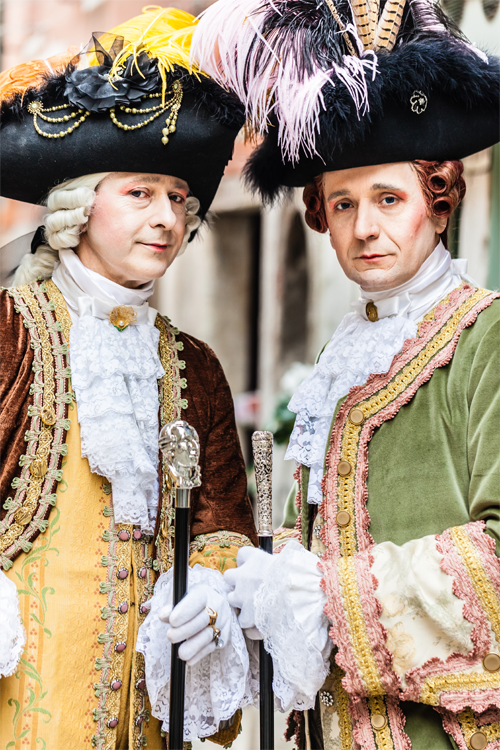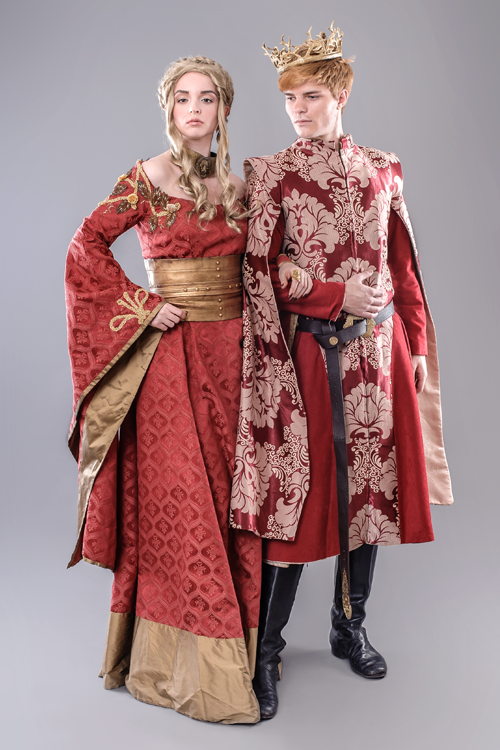If I asked you what colours were prominent in your wardrobe, you would probably tell me it is your favourite colour. But did you know that had you been born a few centuries ago, the colour of your clothes would have been dictated by monarchical or feudal laws? In Elizabethan and Renaissance Europe, men, women or children were required to dress according to their position in life, race, and religion so that it was easy to stick to the social group one belonged to and also, segregate.
This edict was put into place by the Sumptuary Laws which attempted to regulate luxury or extravagance in the way of food, clothing and lifestyle choices. These laws were put into place to reinforce social hierarchies and also allow the authorities to control almost every aspect of a "commoner's" life.

A logical reason for the origin of these laws is that in the olden times, dyes such as crimson and deep indigo were very expensive and thus could only be afforded by the royalty and nobility. Merchants and rich members of the bourgeoisie would attempt to imitate their clothing by dyeing their clothes a more affordable rust or orange. Another reason for the laws is that they were used to put into place moral restrictions too and forbid anyone to live or attempt to live beyond their means.
Not only did colours vary, but materials and styles did too. The so called lowest classes, such as labourers would wear coarse wool or linen. The upper class preferred wearing silk, satin, brocade or velvet. Since the Industrial Revolution had not taken place yet, dying, weaving, etc. was all hand done thereby increasing the price a lot.
During the reign of Henry the VIII, penalties were imposed on those who broke the sumptuary laws. It was believed that a society based on a class system would not work if class lines were blurred and every effort was taken to put into place rules and regulations enforcing rigidity. His daughter, Elizabeth I, took his rules ahead and further imposed clear instructions on not just the colour, but the cut and cloth to be used for every citizen of England.

For example, purple silk and sable furs were reserved strictly for the monarchs and members of the royal family. Crimson and scarlet velvet clothes were reserved for the upper class nobility such as dukes, marquises and earls. Viscounts and barons wore clothes embroidered with gold or silver to mark their station. Embroidery too was reserved for the upper classes of nobility only. Certain adornments like enamelled buttons, lynx fur, satin, silk and damask for underclothes was allowed only for wives and daughters of the nobility and certain knights according to rank.
So the next time you think your wardrobe lacks diversity or could do with more colour, spare a thought to all those living in Renaissance England. Old, apparently, isn't always gold.